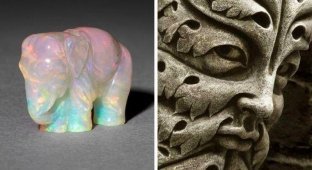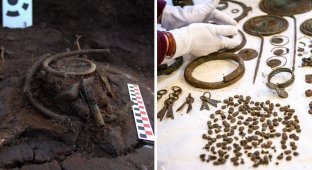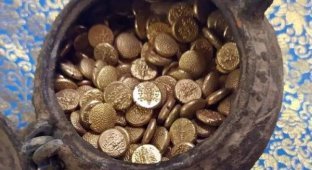16 archaeological finds that helped people look at history from a completely new perspective (17 photos)
Archeology is the science that studies the history of mankind through the analysis of their traces. One of her most fascinating aspects is the discovery of cool archaeological finds that can change our understanding of the past. These include not only objects labor, various remains and ancient buildings. 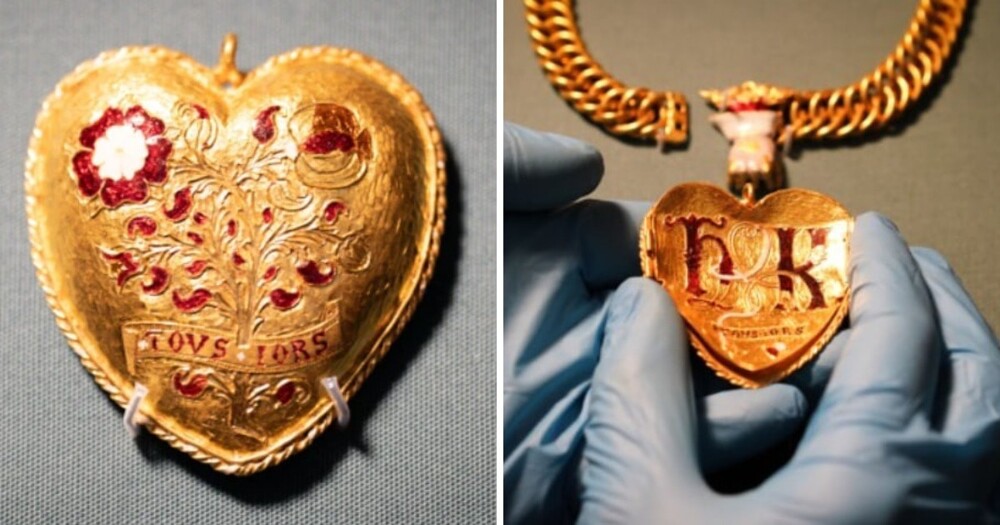
Of no less interest to study are subjects arts, decorations, and even food that managed to survive despite the influence of time.
Each of these artifacts is usually unique and can tell a number of amazing information that was previously inaccessible to us. Thanks to this, we are able to understand how various culture and what obstacles they had to go through on the way to perfection.
Hawaiian hand weapon made of wood and shark teeth, circa 1778 
Skull of Mary Magdalene, on display at Saint-Maximin Church in France 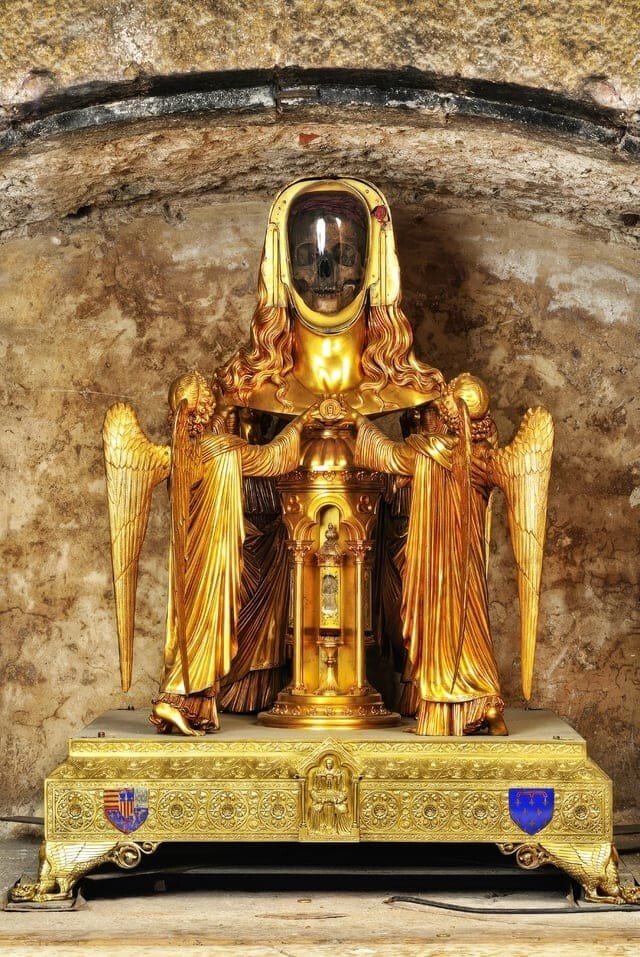
Neapolitan gondola of King Carlos II of Spain. Baroque style with gilding, 1688 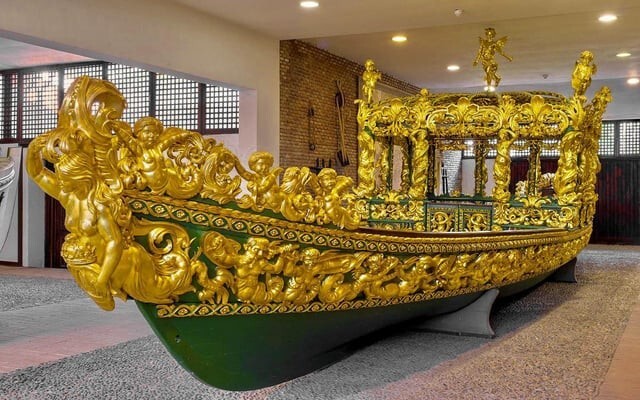
Large porphyry bath of Emperor Nero 
Originally located in Nero's palace, the object is now on display in the Vatican Museum in Rome.
A glass eye inserted into a mourning ring after the death of its owner. Victorian era 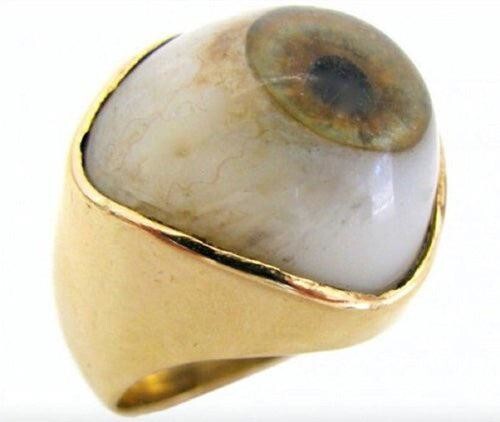
16th century pendant that belonged to King Henry VIII of England 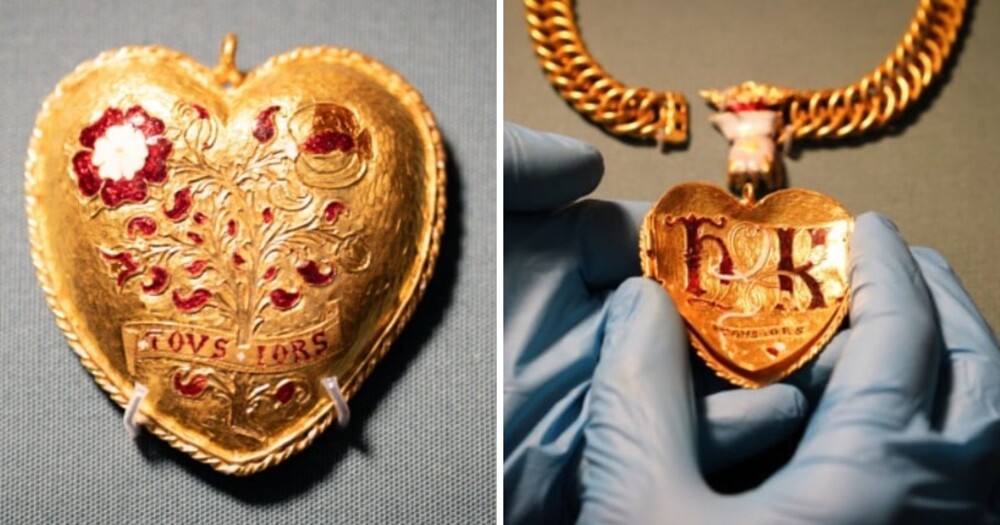
Hanja no Ontachi is a Japanese sword forged during the period Edo (1603–1867), which was intended to fight against demons and impure forces 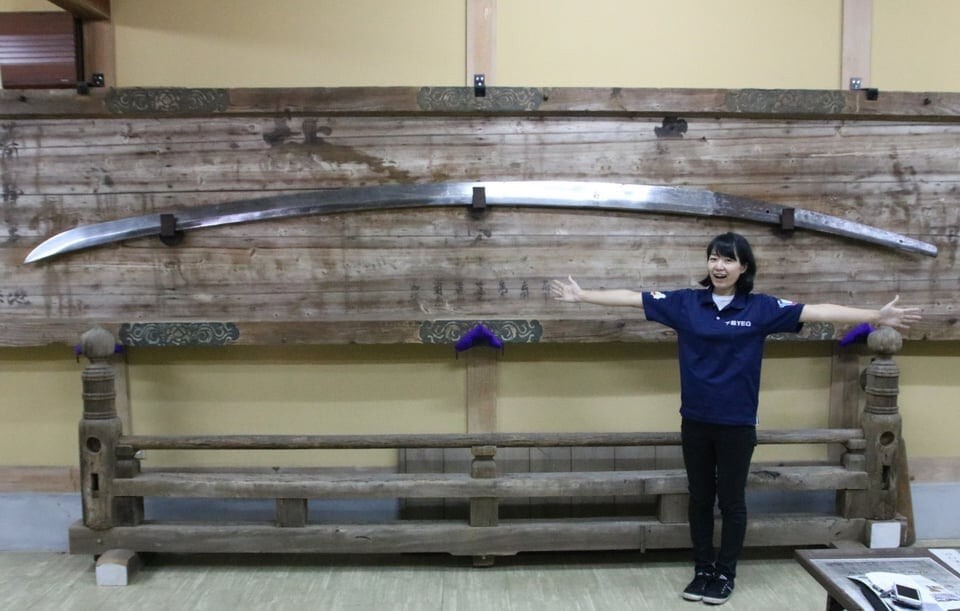
With a total length of 465 centimeters and a weight of 75 kilograms, it is considered the largest sword in Japan.
This amazingly well-preserved wagon is about 4,000 years old. 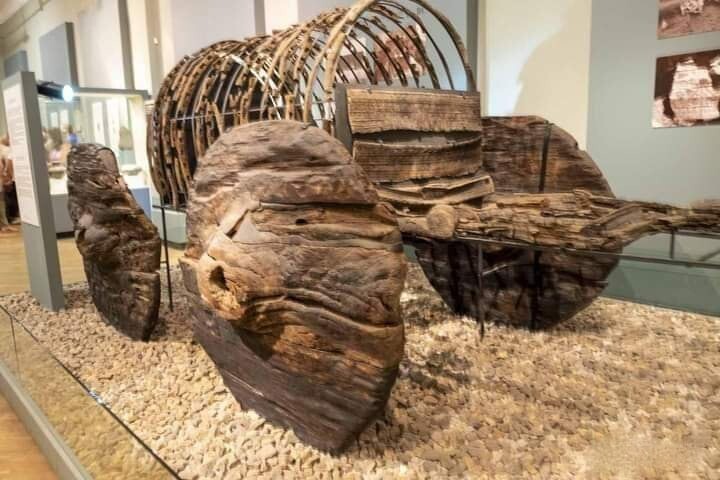
It is made of pure oak, discovered in the village of Lchashen, near Lake Sevan, Armenia.
Ancient Roman lead pipes 2000 years old 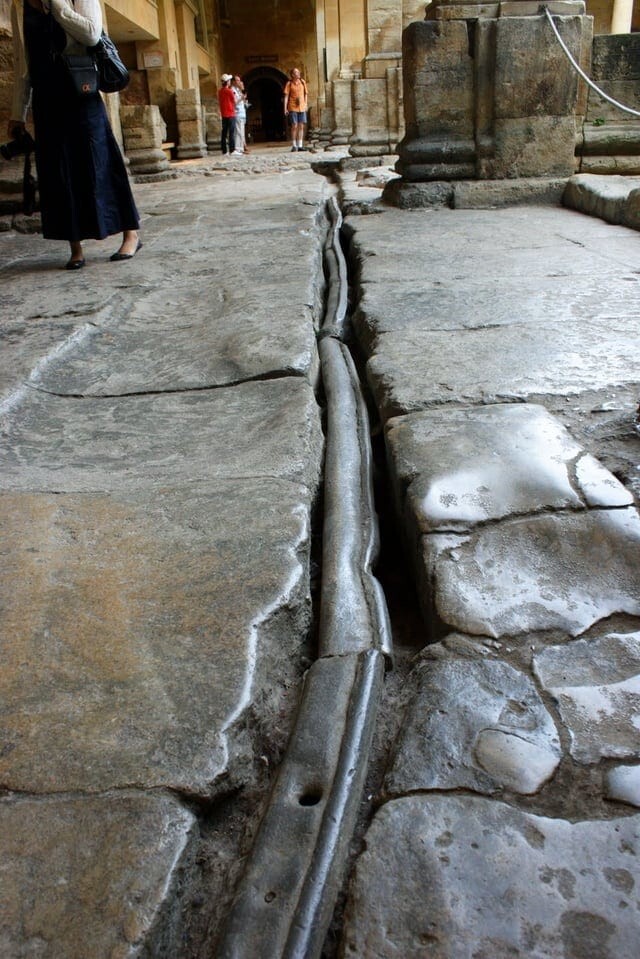
Early example of successful cranioplasty, 400 AD 
Cranioplasty is a surgical procedure that correct the defect with the help of bone tissue (today this is still carried out and with the help of polymeric metals and plastics). The patient survived, what well-healed wound.
The Hunger Stele is located near the ancient city of Aswan in Egypt. 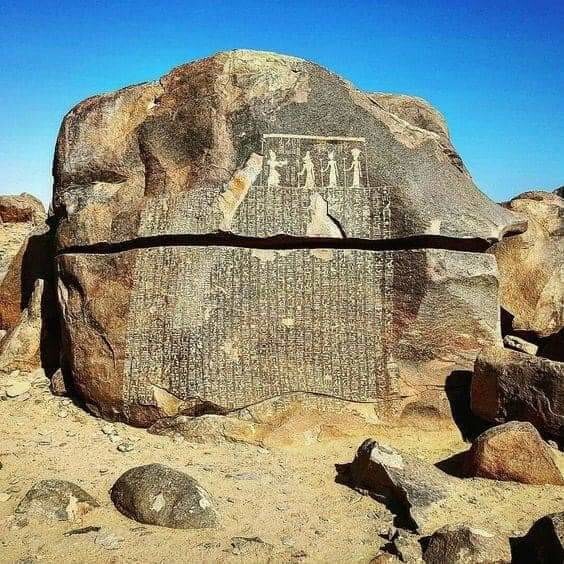
The inscription on the stele tells of a seven-year period of drought during the reign of Pharaoh Djoser of the Third Dynasty.
Sculpture from the Persian auditorium of the king Darius I. Bull-shaped capital. Made around 518-460 BC 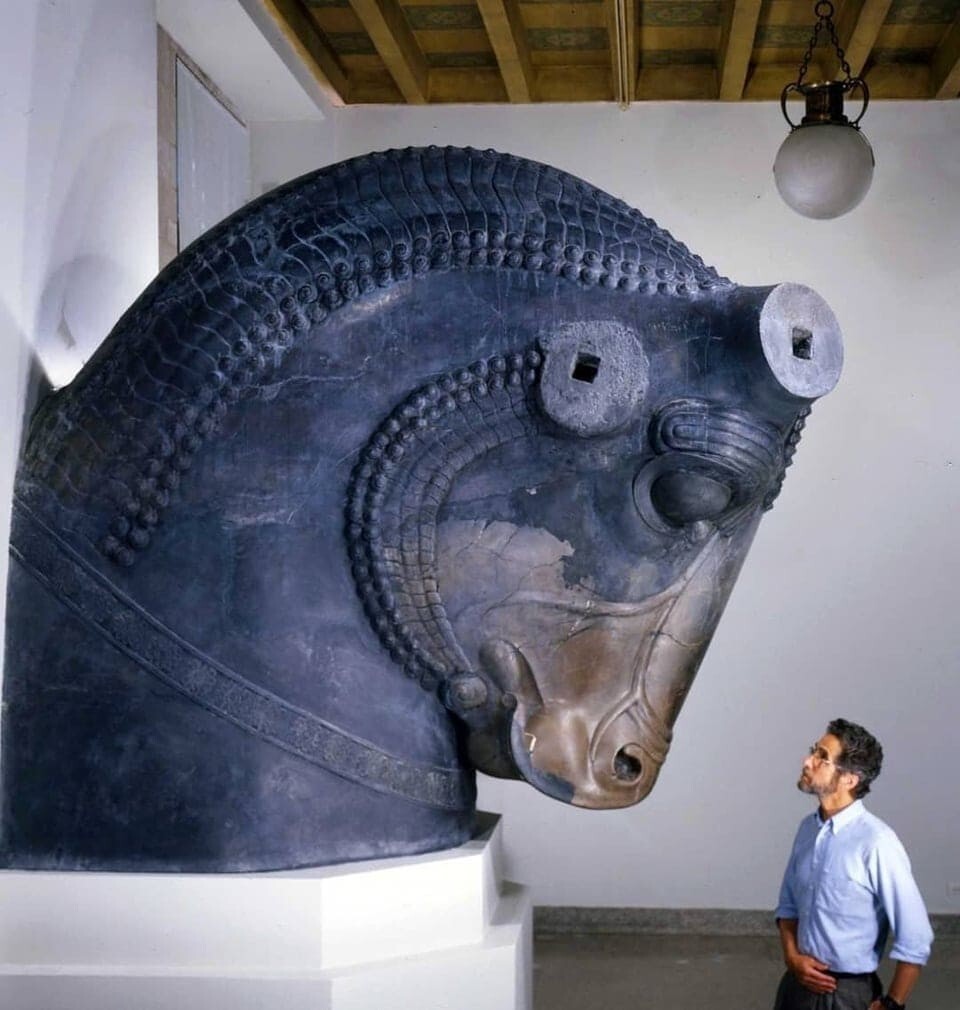
This is a ceramic vessel depicting the face of a man who is 5600 years old. 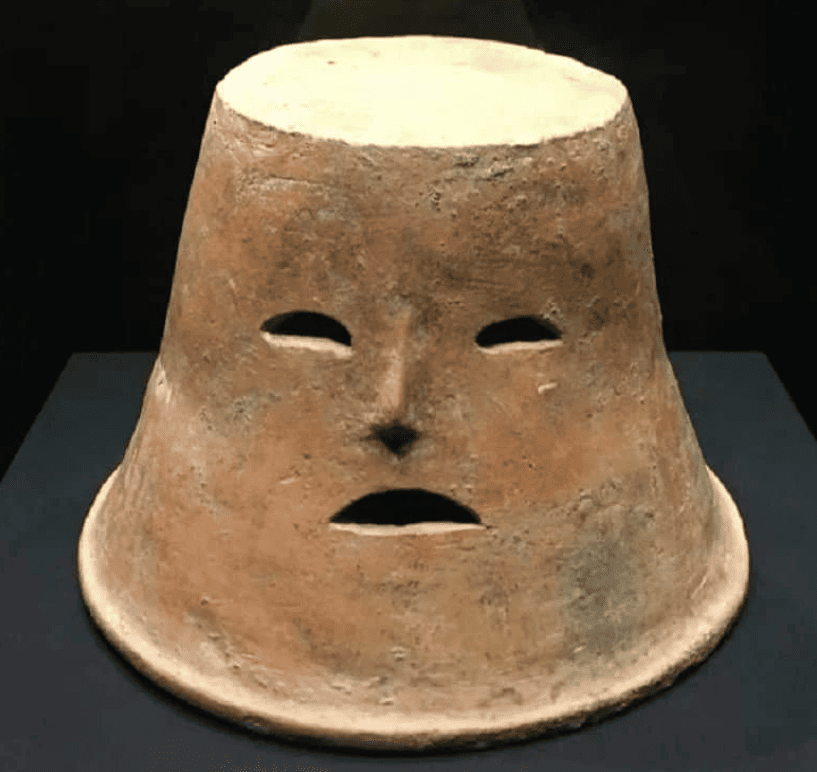
Found at the archaeological site of Yanguanzhai near Xi'an in China's Shaanxi province. The vessel was made by representatives of culture Neolithic Yangshao. This culture existed in 5000-3000 BC.
Place for cooking and serving food in Pompeii, 1st century AD 
The Codex Gigas, also known as the Devil's Bible, is the largest illustrated manuscript in the world. 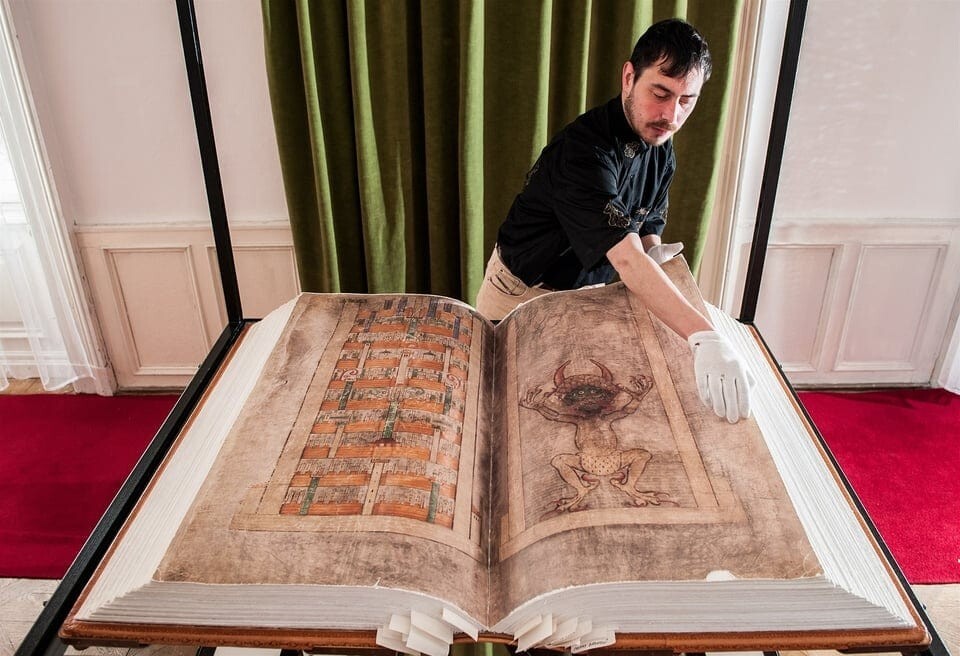
It was written by a 13th-century Bohemian monk who was allegedly assisted by the devil.
Roman bird-shaped glass vessels were used as perfume bottles 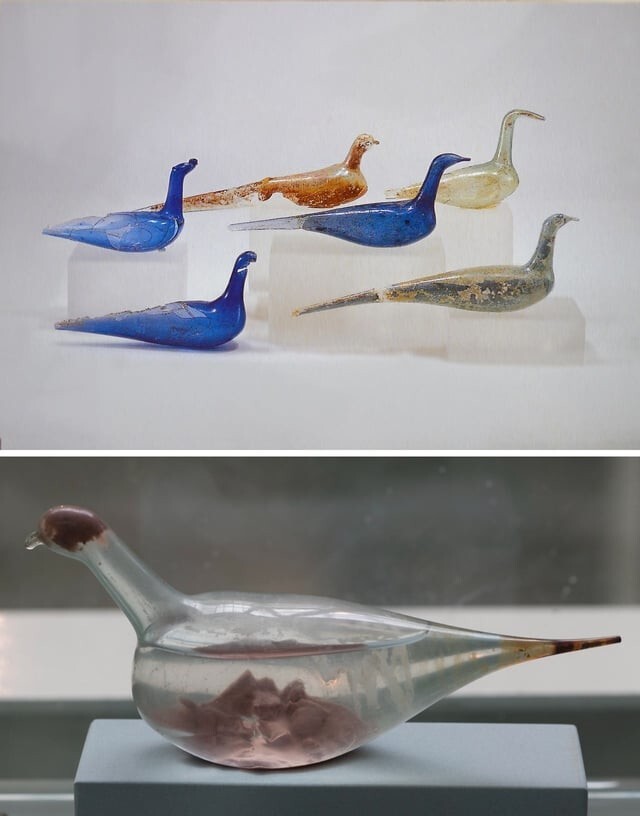
The liquid was sealed inside the vessels. To to use perfume, the tip of the tail had to be broken. Bird, which is shown in the lower picture is still intact and filled with fragrant content.












